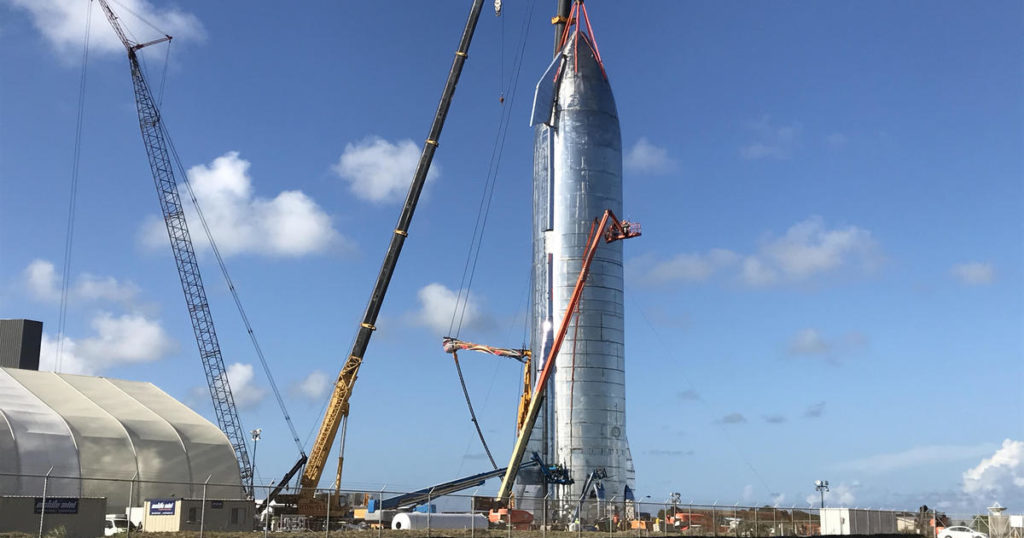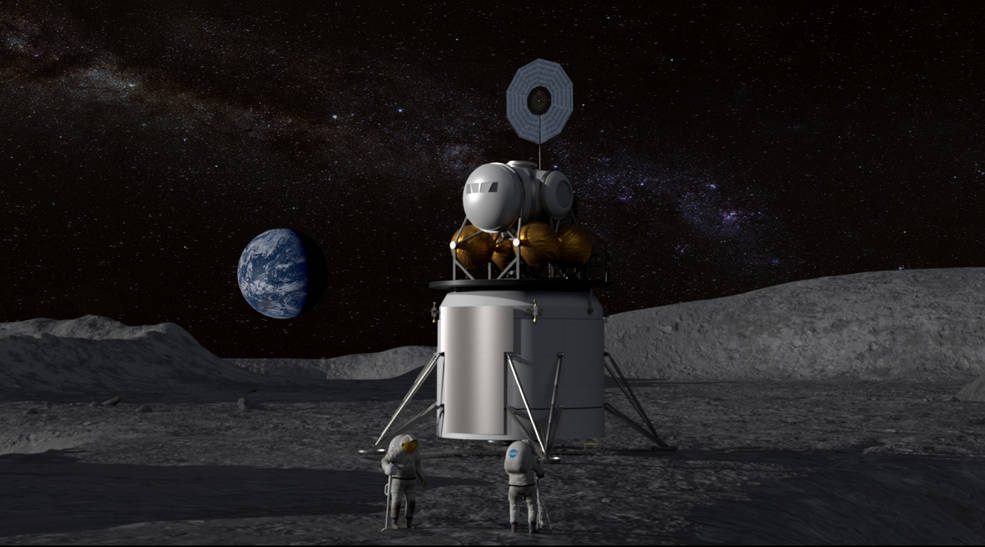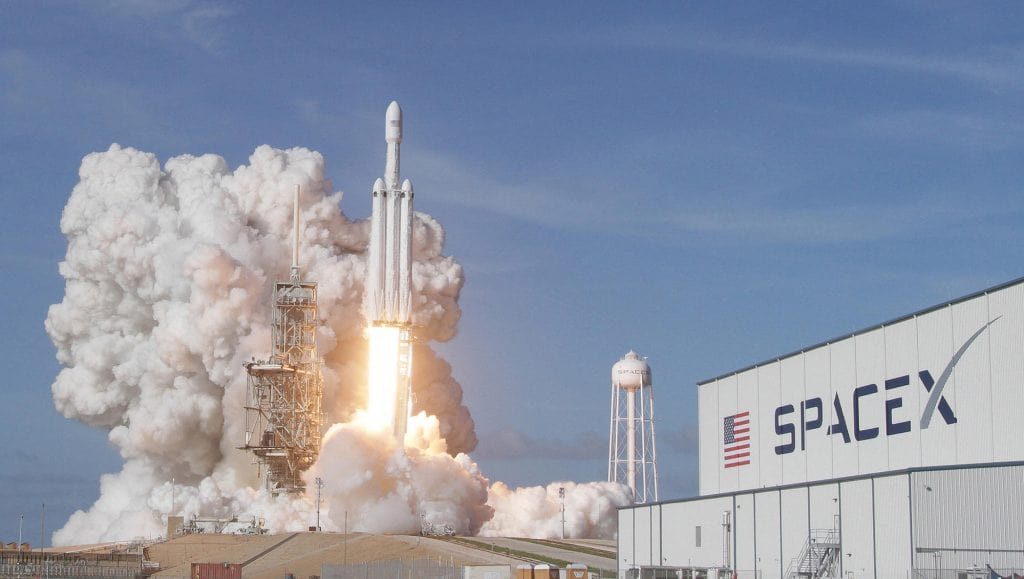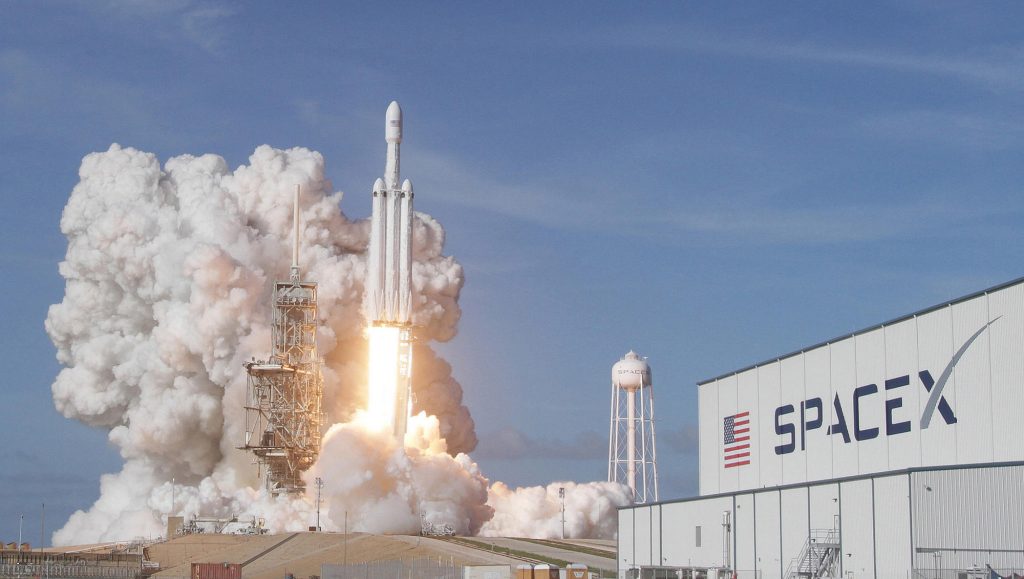SpaceX Prototype Passes Important Cold Pressure Test
Over the last weekend, SpaceX successfully tested its rocket much to the satisfaction of space enthusiasts around the world. The success of the test comes as a significant relief to all the researchers working on their next-gen project, Starship, which aims to take people to the Moon. SpaceX had publicized their project years ago, and shocked the world when it announced that it would send a one-day expedition to the Moon and Mars. The company had been working on a rocket capable of doing this for some time now. Therefore, this success will come as a piece of positive news for everyone involved in the project. Here’s a look at what the achievement of this prototype test means for the company.
Big Milestone
SpaceX’s prototype for its deep-space rocket named Starship, successfully passed a cold pressure test in Texas, after remaining intact on the stand. The success with regards to this test will enable the company to start low-altitude flying in the weeks to come. In the past, the trial had created trouble for the company, with several prototypes getting destroyed in the past. Passing this cryogenic proof test successfully means that the company can finally take their prototype testing to the next level.
The cryogenic proof test requires filling the vehicle with very cold liquid nitrogen to test whether the prototype can handle those temperatures when in outer space. Since deep space has freezing temperatures and low pressure, rockets must pass this test to ensure they stay safe while in orbit. Previous to this launch, SpaceX had lost three prototypes while testing them for this procedure. All three of the prototypes either burst open or imploded on the stand in Boca Chica, Texas.
Softball Test
As expected, SpaceX CEO and billionaire, Elon Musk was excited that his prototype had finally cleared the test. He referred to the test as a softball pressure test, but still an important milestone for the company, as it meant the prototype was ready for flight tests. Engineers will now begin to attach the prototype to their new Raptor engine this week.
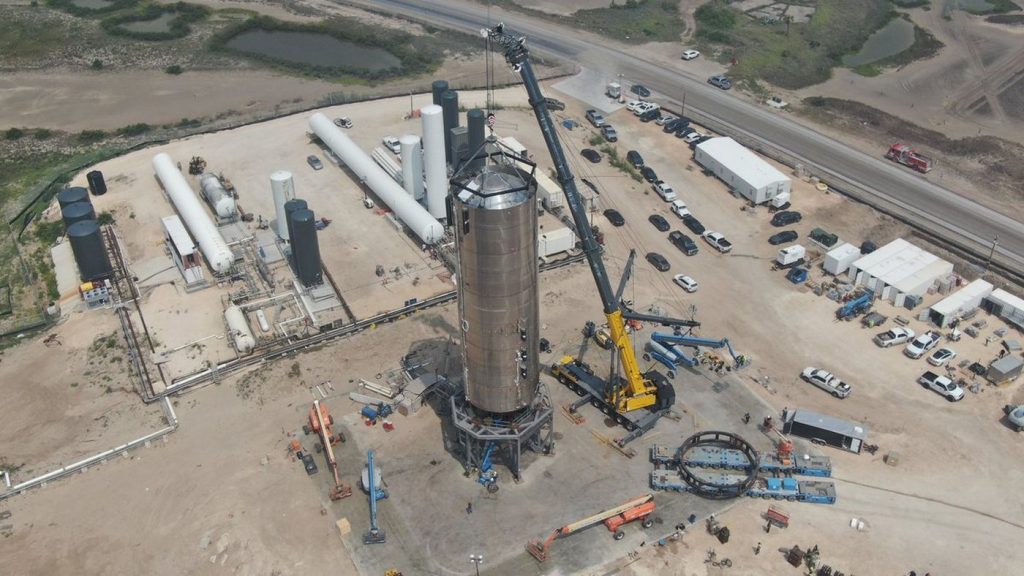
The flight test will involve igniting the Raptor while restraining the prototype to ensure the proper functioning of the engine. The Raptor has been designed specifically for this project, and the final launching will require six such Raptor engines. However, the flight test will only involve one Raptor, with future trials adding more rockets as and when needed. For instance, the next prototype test will make use of three Raptor engines.
Future Tests
Once the Raptor test is completed successfully, SpaceX will fly the prototype to 150 meters, and then land it. This small hop test will test the rocket’s ability to withstand take-off and landing stresses. It will also serve as a test for the engineers involved in touching down and taking off the rocket gently. Such propulsive landing has been used earlier by SpaceX for landing their Falcon 9 rockets. Starship will use this technique to land the rocket on the Earth, and even on the Moon.
A hop test had been conducted in August using an early Starship prototype named Starhopper. However, this design was not similar to the Starship but slightly resembled a water tower. However, sources say that the new prototype is more similar both in size and shape to the actual Starship design while lacking specific necessary hardware. Musk claimed that the rocket would be made ready for the hop test in a few weeks, but approvals from the Federal Aviation Ministry might take longer.
SpaceX is also still working on the Starship design, trying out new design features and trying to implement those changes in future vehicles. The original prototype for the Starship is also under production at the Boca Chica test centre. The fact that the SN4 prototype successfully passed the cryo-test is very welcome news for the company, which will now set their sights on further development and testing.

Being a cinephile with a love for all things outdoorsy, Athulya never misses a chance to chase inspiring stories or poke fun at things, even when the subject is herself. Currently pursuing a degree in mechanical engineering, she is someone innately interested in technical and scientific research. Music reviews and op-eds define her as they allow her to explore different perspectives. Though sometimes she thinks she makes more sense playing the guitar than she does while writing.

